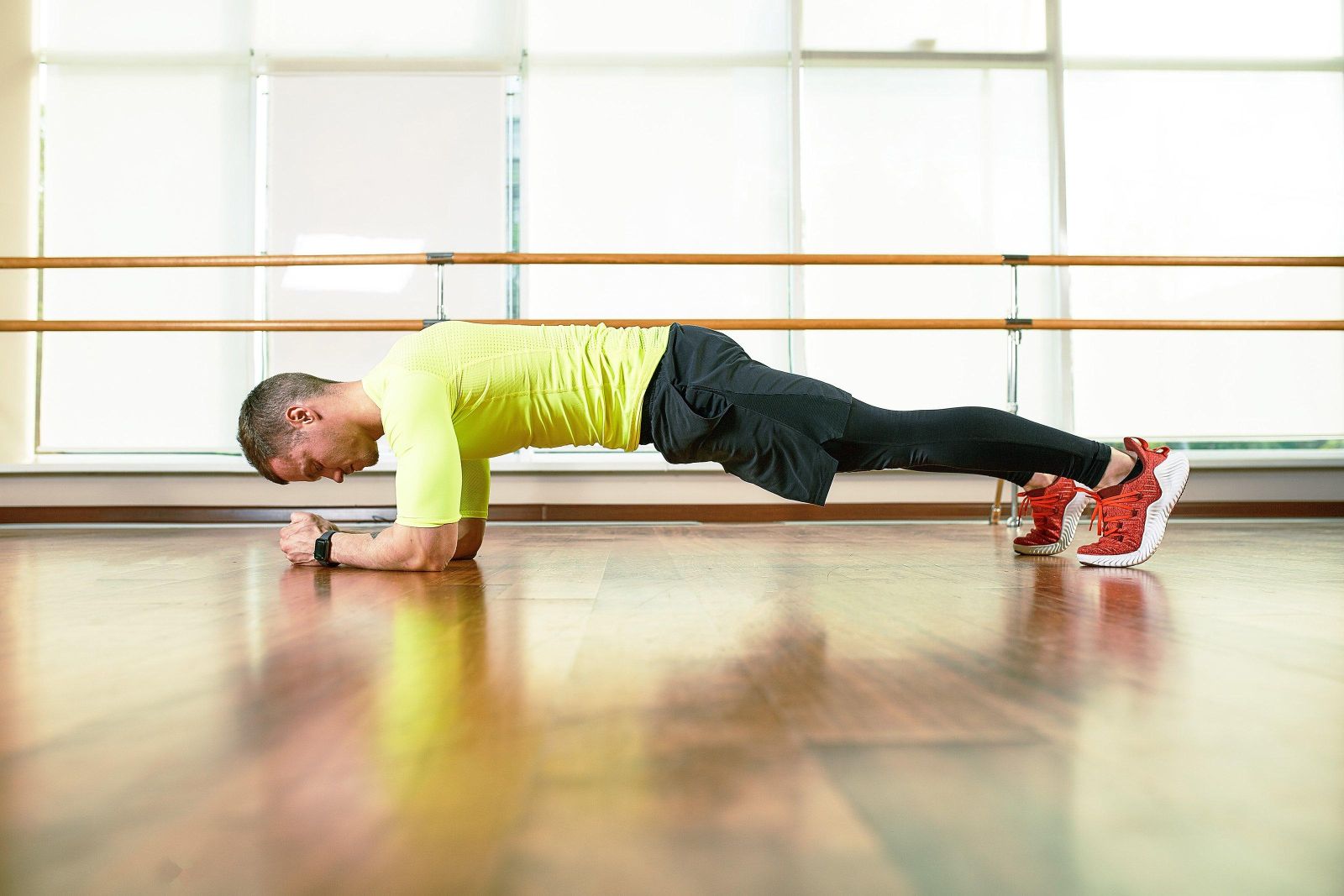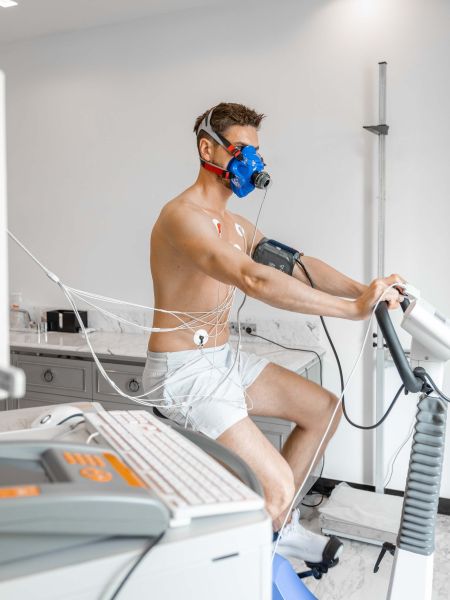Isometrics And Bigger Muscles - Core Concepts For Training
Expert Cited: Andy Galpin
Isometric exercises are more than just about flexing for the 'gram! This classic technique of targeting a specific muscle to contract without moving any nearby joints may not be super functional in our day-to-day lives, but MAN can it make those muscles pop.
By holding a static pose under tension, you're firing up those muscle fibers without even moving (glute bridge, wall sit, side plank).
While these exercises shouldn't be the focus of your training routine (it's more about looks than functional strength) it should be part of a well-rounded routine.
We'll pull together some wisdom from Peter Attia's chat with Andy Galpin as they discuss training approaches for isometric training to help get your body lookin' swole.
Expert: Andy Galpin
Field of Study: Human Performance/Nutrition
Bio: A full-time professor at California Statue University and well-known health and nutrion expert, Andy's focus is on human performance and bioenergetics.
Isometric Training and Hypertrophy:
With isometric training, you'll be able to grow the size of your muscle cells, ultimately increasing muscle mass. This is called hypertrophy. It happens when microscopic tears in your muscle fiber develop during exercise. This triggers a repair process allowing you to grow and strengthen muscle tissue (as long as you incorporate enough rest).
There are two types of hypertrophy. If your primary focus is on increasing strength, you may prioritize myofibrillar hypertrophy (increasing contractile proteins through heavy weights at low reps).
If your goal is to increase muscle size, you may focus more on sarcoplasmic hypertrophy (increasing muscle size with glycogen and fluids with moderate rate at higher reps).
Here's how you can use isometric training to get there:
Mechanism: Isometrics are all about holding a pose under tension, firing up your muscles without any movement. This unique training style can trigger muscle growth in ways that traditional dynamic exercises can't.
Benefits: Isometrics are your go-to for building strength at specific angles, tackling those weak spots in your range of motion, and improving muscle activation. It's like giving your muscles a targeted tune-up!
Research: The science backs it up! Recent studies suggest that adding isometric exercises to your routine can pump up your gains, potentially by recruiting more muscle fibers and cranking up the metabolic stress.
Research suggests that adding isometric exercises to your routine can pump up your gains, potentially by recruiting more muscle fibers and cranking up the metabolic stress.
Experiment with different positions, durations, and how you integrate them into your workouts.
Incorporating Isometric Exercises:
Isometric exercises might seem simple, but doing them right actually takes some thought.
To unleash their full potential, you need to be strategic about how you incorporate them into your workouts to find the balance of enhancing your strength while also shoring up weaknesses.
Here's a few things to consider when trying to strike that balance:
Position of Holds: It is important to choose joint angles for isometric holds that are challenging but achievable. Holding at too extreme an angle can be detrimental and cause injury or fatigue your muscles without supporting your strength goals.
Duration: Holds should typically last around 6 seconds, with multiple sets performed throughout the workout.
Integration: Isometrics can be integrated into your existing workout routine as an additional component. For example, you could add isometric holds after a set of dynamic exercises, or dedicate specific days to isometric training.
Whether you're a seasoned athlete or just starting your fitness journey, isometrics offer a unique and effective way to challenge your muscles and achieve your goals.
By incorporating isometric exercises into your routine, you're not only building muscle but also improving your overall strength and resilience, and also giving yourself a longevity advantage, too!





